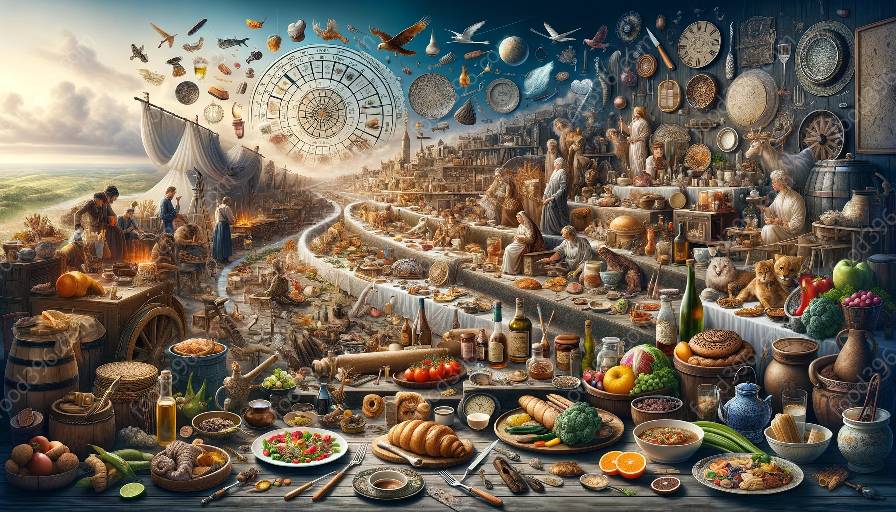Medieval Spanish cuisine is a fascinating topic that offers insights into the culinary traditions, ingredients, and cooking techniques of the past. The history of Spanish cuisine is deeply rooted in the influence of various cultures and has evolved over centuries to become the rich and diverse culinary heritage that it is today.
The Influence of Cultures on Medieval Spanish Cuisine
Spain's culinary history is a reflection of the country's diverse cultural influences. During the medieval period, the cuisine was heavily influenced by the Moors, who introduced ingredients such as almonds, citrus fruits, and spices like saffron and cumin. These flavors and ingredients became integral parts of Spanish cuisine and are still widely used today.
Additionally, the influence of the Romans and Visigoths also left a lasting impact on medieval Spanish cuisine. The Romans introduced olive oil, wine, and various vegetables, while the Visigoths contributed with their agricultural practices and culinary techniques.
Ingredients in Medieval Spanish Cuisine
The ingredients used in medieval Spanish cuisine were often influenced by the climate, geography, and cultural exchanges. Olive oil, garlic, and a variety of herbs and spices were integral to the cuisine. Seafood, especially in coastal regions, was a prominent feature of medieval Spanish dishes, and legumes such as chickpeas and lentils were commonly used in stews and soups.
Meat, including lamb, pork, and game, was also an important part of medieval Spanish cuisine. Dishes like roast suckling pig and lamb stew were popular, and the use of sausages and preserved meats was also widespread.
Cooking Techniques in Medieval Spanish Cuisine
The medieval Spanish kitchen was known for its use of slow cooking methods and the incorporation of diverse flavors. Soups, stews, and casseroles were prevalent, with ingredients being combined in unique and flavorful ways. The use of Moorish-influenced techniques such as marinating and the combination of sweet and savory flavors set medieval Spanish cuisine apart from its European counterparts.
Evolution of Spanish Cuisine
Over time, medieval Spanish cuisine evolved to incorporate ingredients and cooking techniques from the New World, such as tomatoes, potatoes, and peppers. The Spanish explorers brought these new ingredients back to Spain, leading to further innovation and diversification of the country's culinary landscape.
Understanding the history of medieval Spanish cuisine provides a deeper appreciation for the vibrant and varied flavors of modern Spanish dishes. From the influence of various cultures to the use of indigenous ingredients, medieval Spanish cuisine laid the foundation for the rich and diverse culinary tradition that continues to thrive today.

